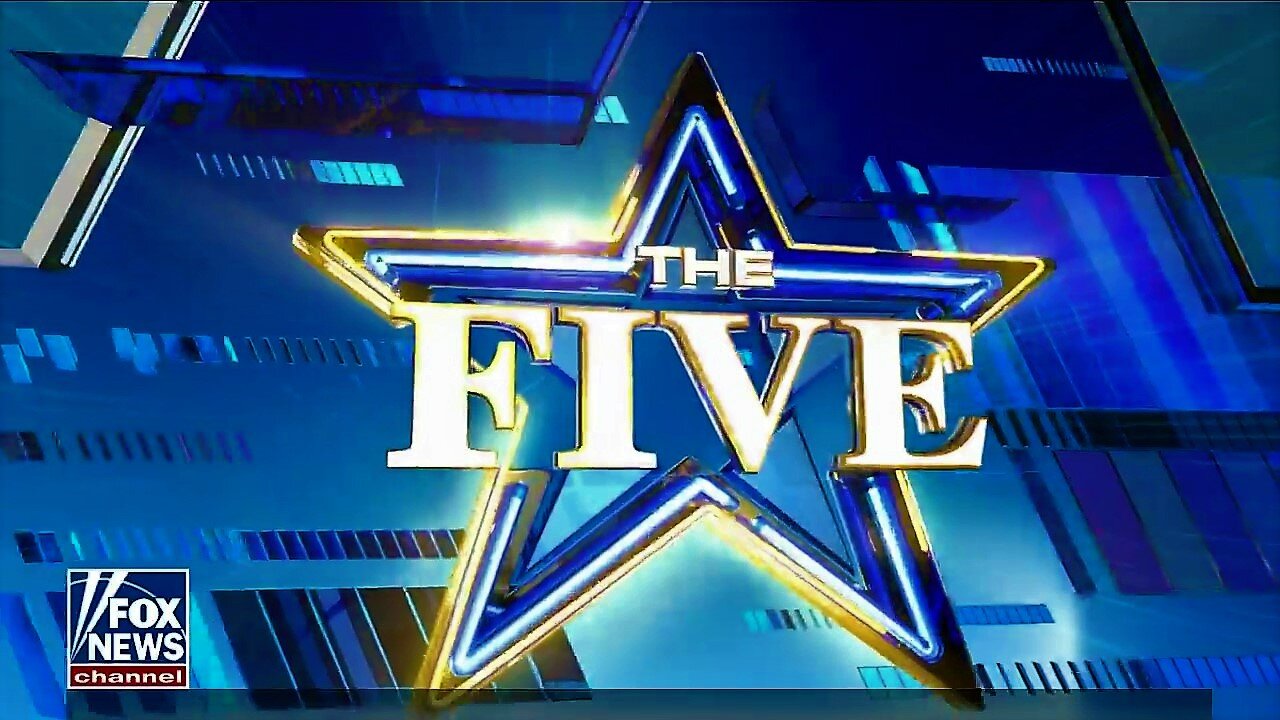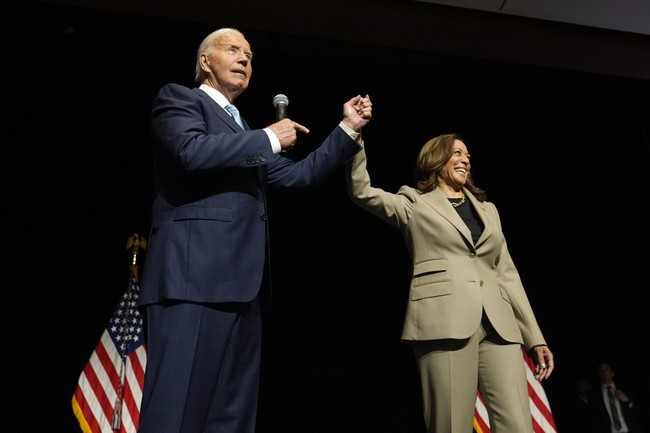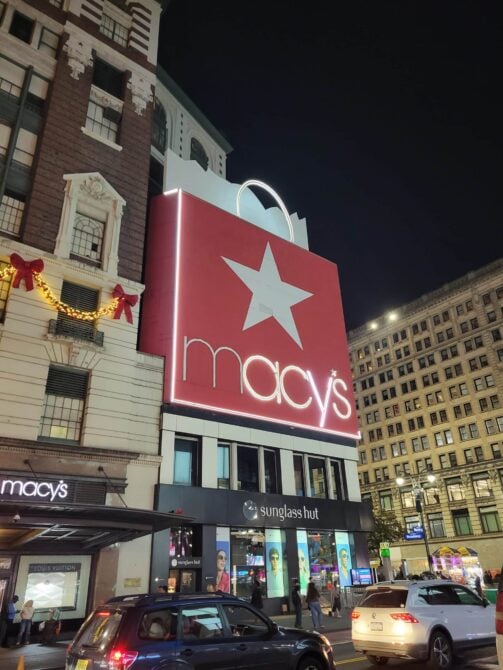
www.theorganicprepper.com
Dear Diary, It’s Me, Jessica: Part 16
Missed the other parts? Find them here:
Check out Part 1
Part 2 is here.
Part 3
Part 4
Part 5
Part 6
Part 7
Part 8
Part 9
Part 10
Part 11
Part 12
Part 13
Part 14
Part 15
Dear Diary,
It’s me, Jessica.
Rae and I were attacked by two men.
We were crossing the grass courtyard in between the K-8th grade building and the 9-12th grade building when they came at us from behind. We just heard them running up and began to run in opposite directions, but they tackled us to the ground. I rolled on my right side to get out from under the man and stood up, but he came at me again before I could shoulder my rifle. I used my rifle to keep him from grabbing me, but he tried to take it from me. We struggled and fought for it, him pushing me several feet back. I then planted my feet and pushed back. His eyes were wild. His hair was long, unkempt, and greasy. Same as his beard. His teeth were yellowed, a few were missing, and his breath stank of rot. His face was very thin.
He growled at me.
So, I kicked him in the stomach as hard as I could. I heard the wind rush out of him as he doubled over, letting go of my rifle. I did not hesitate and swung the butt of the rifle into the side of his head, sending him sprawling onto the tall grass. He did not move. I looked up to see the other man straddling on top of Rae on the other side of the courtyard, trying to choke her. She was fighting back as hard as she could, but he had the advantage.
I was just starting to bring the butt of my rifle around to my shoulder when I saw a black blur out of the left side of my eyesight.
It was Sampson. Jack brought the big dog with us on the trip to the town in search of school books.
He was at a full-out run. Every time the huge German Shepard’s feet touched the ground, he took another stride. He covered an impossible distance with each stride, seemingly flying across the ground. He then launched himself at the man’s back, jaws first. A hundred pounds of black fur, slammed into the man, throwing both of them clear of Rae. The man was able to get out the start of a scream when it was cut off by Sampson biting down on the back of the man’s neck. Even from the distance between me and them, I could hear a sharp crack of neck bones being crushed between Sampson’s jaws. The man was already dead, but Sampson gave several violent thrashes back and forth of his massive head, breaking and grinding even more bones. Satisfied the man was dead, Sampson released the man’s neck, and the body fell in a heap. Samson gave out a huff, then shook himself from his head right down the length of the big dog. He then turned and walked up to Rae. Rae propped herself up on one arm, massaging her throat with her other hand.
Sampson began kissing her face.
I ran up to them. Rae’s eyes were full of amusement, but she could only cough as Sampson licked her face over and over again. I offered to help her up, but she waved me off as she took a moment to recover.
Jack and Billy ran up from around the corner, both of their rifles at the ready.
Jack gave a once over of the situation, checking on the dead man laying on the ground, his head twisted at an impossible angle. Sampson had stopped kissing Rae and sat down, watching Jack with intense, intelligent eyes. Jack walked up to Samson, petted his head and said, “Good boy.”
Sampson responded with a single tail wag.
Jack offered his hand to Rae, and she took it, and he pulled her up.
She coughed and said hoarsely, “I’m okay. How did you know to come?”
“Sampson. He heard or sensed something and took off at a run. Billy and I followed as fast as we could.”
The man I kicked and butt-stroked stirred.
Samson was instantly on all four feet, ears back, let out a growl, his fur on his back standing on end. I did not think it was possible but the huge dog looked even bigger.
“Easy, Sampson,” Jack said.
Sampson stopped growling but remained at what I could only call “at the ready” for a dog.
The man sat up to find Jack, Billy, and I aiming our rifles at his head at point-blank range and Sampson to one side.
Eyes wide and fearful, he began to blather. Something about they had not eaten in days, not seen a woman in months, been on the run from some government agency, looking for his sister and her son, a blue Honda Civic that had something in the trunk called “the device,” that caused the power to go out and the city was chaos. He began rocking forward and backward as he muttered more about “the device” and the chaos in the city.
The man was clearly crazy.
Dad and Mr. Miller then came out of the K-8th grade building. I filled them in on what had happened.
Jack unslung his backpack, got out some beef jerky, bacon, and green onion biscuits, and offered them to the man. He grabbed them and stuffed them into his mouth, making mewling sounds as he ate. Jack nodded to Billy to keep a watch on the man and pulled us all out of hearing distance.
“He is crazy and dangerous, but I cannot shoot him for being crazy. Him and his friend are victims of circumstance.”
“What should we do,” Dad asked.
Rae cleared her throat,
“We all have enough in our packs to give him at least a few days’ worth of food. Give it to him and we leave him be. What he does is on him. I do not want to bring him back to our home.”
Everyone agreed.
Jack and Sampson watched the man as Dad, Mr. Miller, Billy, Rae, and I searched the 9-12th grade building. We found advanced math books, biology, history, and English books to add to the books we found in the K-8th building. We also found sports equipment and gear. Mr. Miller’s flatbed seemed big until it was loaded with books from both buildings and sports gear. Then, it was a crowded trip back home. Sampson laid down between me and Rae on the flat bed. Rae scratched him behind his ears.
Diary, I am thankful Sampson was with us. I might have to slip him a few extra treats under the dinner table when Jack is not looking.
Entry two
Rae and I approached the East defensive wall to Four Corners on horseback. Mr. Miller let us use the horses to make the trip. It was faster, and we carried extra books in the saddle bags for the children of Four Corners to start their own school.
Tom and Collins had already pulled back the gate. Tom, with a set of binoculars around his neck, saw us coming. Once again, he gave me a theatrical sweeping bow, announcing me as The Hero of the Battle of Four Corners, and even added an up-turned-hand salute at the end.
I think he enjoys embarrassing me. I could not help but laugh. He gave me a wink and a smile.
When Rae mentioned the books, Collins was very interested. He asked to see the history books, being something of a history buff himself. He said he had his own library, ranging from ancient Egypt, China dynasties, Russian Czars, Middle Eastern wars of all kinds, Genghis Khan, the Vikings, English and French nobility, Native American tribes from East to West coast, World War I and II, the Warsaw Rising of 1944 against the Nazis, and even more I cannot remember. He thanked us and said he would meet with Sean, the mayor, and talk about starting a school. Sean was pretty much the de facto mayor running the market, so it only made sense to formalize it with a vote.
Rae mentioned the sporting gear and basketball, and Tom gave her a grin. He played basketball in college. Rae sized him up, noting he did not look like someone who could be a forward as he was under six feet, more like five-ten. Apparently, he had a heck of a jump shot from the three-point line. As Rae passed him by on her horse, she said, “Look forward to seeing you on the court.”
Tom gave her one of his theatrical bows.
We rode up to Sean, leaning on his log, strumming his banjo. Rae told him about the books we brought. I asked where I could find Savannah, and he nodded toward the South side. I wanted her to have a few of the biology, anatomy, and physiology books we found.
Foot traffic was dense, so much so that I had to dismount from the horse and lead her by the reins. Several people called out to me as the Hero of the Battle of Four Corners. I made it a point to shake their hands and give them a smile and thanks.
Savannah was looking a young girl over when I found her. Savannah saw me but gave a slight head shake to tell me to stay back. By the look in her eyes, things were not good.
Savannah spent a few more minutes with the girl and her mother. She gave them a mix of herbs and said to take them three times a day for the next several days.
After they were gone, Savannah looked at me and said,
“I think she has strep. Before the power went out, it would be no big deal. A prescription from the pharmacy, filled in two days or less. Now? It may kill her.”
“Joanna!”
“Who is Joanna?”
I then explained to Savannah about Joeanne’s respiratory infection. Jack and the team made the trip to the city to get antibiotics. Joeanne might have some left.
I pulled out the biology, anatomy, and physiology books from the saddle bags and handed them to Savannah. Her eyes lit up as she flipped through the contents of the books. I told her I would be back as fast as I could, and pulled the horse through the crowd. The look on my face must have been serious as people in the crowd took one look and got out of my way. I told Sean the situation and for him to tell Rae when he saw her as I stepped up into the saddle and put the horse in a fast walk for the East gate.
I did not want to exhaust the horse, so I alternated between an easy gallop and a fast walk. It seemed to take forever, but the road to home quickly appeared, and I was pulling up to Joanna and Sam’s house. They were on their front porch talking with Mom. Looking at me and the horse, Mom asked if something was wrong. I told them about the little girl with strep, and before I finished, Joanna was already walking into their house. She came back out a few minutes later with two orange pill containers and handed them to me. I thanked her, but before I could make the trip back to Four Corners, I wanted to water the horse and give her a few minutes to rest.
The return trip seemed to go faster. Tom and Collins had already moved the gate back, and I passed through at a gallop, giving them a wave. I told them on my way out, I was on a ‘mission’ to bring antibiotics for the little girl. Even at a gallop, I could see the concern in their eyes. Tom did not give one of his theatrical bows or a salute. As I approached Sean sitting on his log, Rae was with him with her horse. I slowed to a walk, but Rae said,
“Go!”
I nodded, put the horse back into a fast walk, and turned toward the South side. Word had gotten out about my ‘mission’ for the little girl, and at the sight of me, everyone stepped aside, leaving the road clear. There was much applause as I passed, and a few cheered or whistled, but I was too preoccupied looking for Savannah to respond.
Savannah stood in the middle of the road with Daniel, the little girl, and her mother off to one side. I reined the horse in, immediately pulled the orange pill containers out of the saddle bag, and handed them to Savannah’s outstretched hand. She turned them over to read the label, and Daniel looked over her shoulder. He said, “That one,” and began to explain to her the ‘why’ and ‘hows’ of the drug that went over my head in about a dozen words. Savannah seemed to understand without any problem.
Daniel watched as Savannah knelt down to the little girl and instructed her to take the pills once a day for the next seven days. The mother looked on and nodded. She understood, too.
The mother, Daniel and Savannah all thanked me. Others around us who looked on also gave their thanks.
Then someone shouted out, “All hail The Hero of Four Corners!”
Some folks began applauding, others cheered, and more than a few whistled.
Diary, Tom, and his theatricals are going to be impossible after this.
About 1stMarineJarHead
1stMarineJarHead is not only a former Marine, but also a former EMT-B, Wilderness EMT (courtesy of NOLS), and volunteer firefighter.
He currently resides in the great white (i.e. snowy) Northeast with his wife and dogs. He raises chickens, rabbits, goats, occasionally hogs, cows and sometimes ducks. He grows various veggies and has a weird fondness for rutabagas. He enjoys reading, writing, cooking from scratch, making charcuterie, target shooting, and is currently expanding his woodworking skills.
The post Dear Diary, It’s Me, Jessica: Part 16 appeared first on The Organic Prepper.

 Rumble
Rumble















